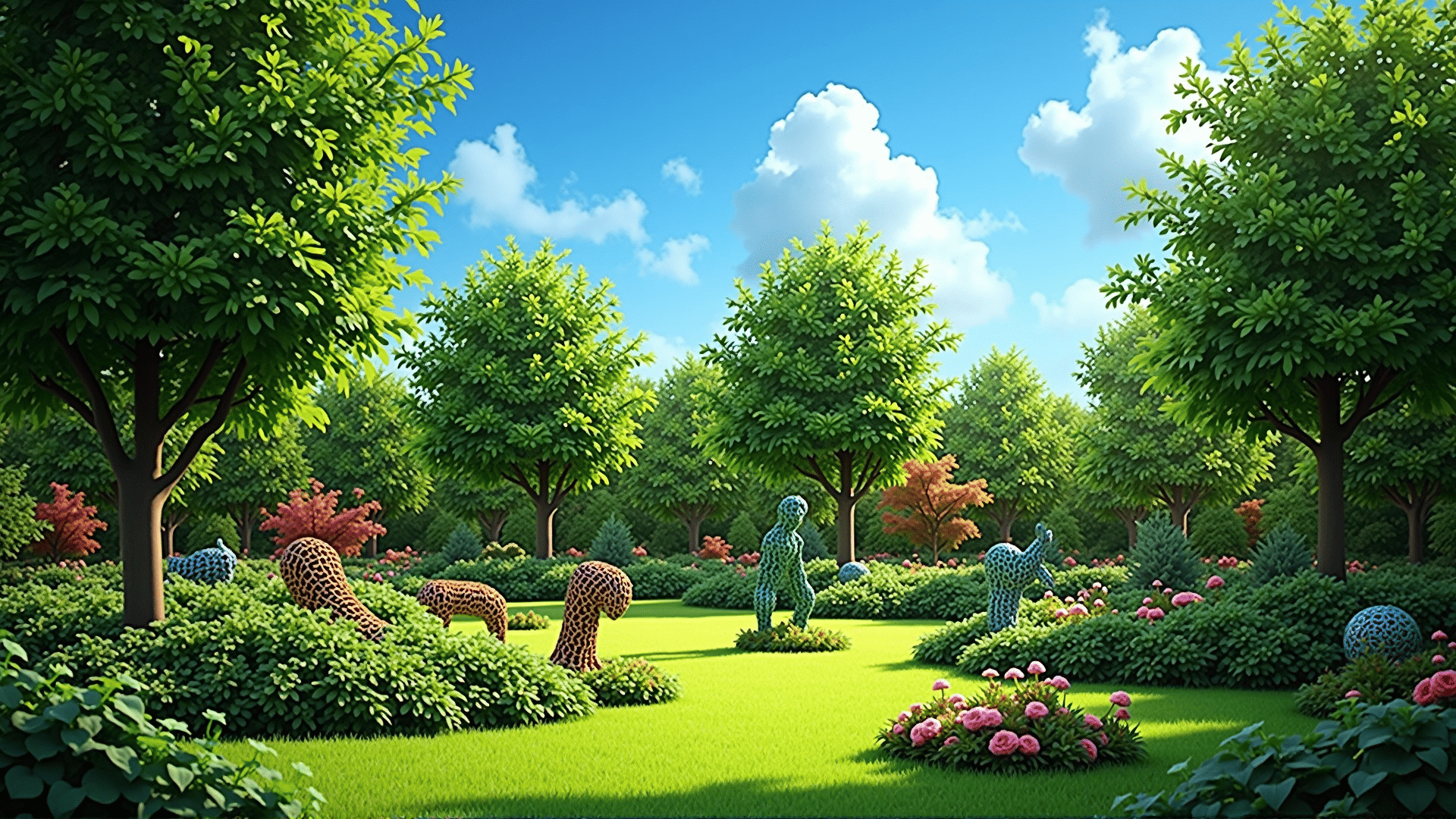In a world where environmental concerns are becoming increasingly paramount, the integration of eco-friendly practices into our daily lives has never been more crucial. Embracing sustainability involves more than just recycling or reducing energy use; it signifies integrating thoughtful strategies that enhance both our living spaces and the planet. One of the most compelling ways to achieve this is by marrying artistic expression with environmental mindfulness, creating a harmonious balance between aesthetic beauty and ecological responsibility.
Art, as a form of expression, has a unique ability to inspire change and communicate powerful messages. By weaving sustainability into artistic practices, we create not only a visual impact but also an opportunity to promote environmental awareness. This approach encourages artists, businesses, and communities alike to rethink traditional methods and explore innovative ways of merging creativity with eco-consciousness.
A crucial aspect of eco-friendly art lies in the materials used. Incorporating recycled or sustainably sourced materials reduces the environmental footprint of artistic projects. Artists are increasingly turning to unconventional items, such as repurposed metals, reclaimed wood, and recycled glass, to create stunning pieces that echo a commitment to the planet. These materials not only tell a story of resilience and rebirth but also inspire viewers to reconsider their relationship with everyday objects and waste.
Beyond materials, the very process of creating art can be adapted to foster environmental stewardship. Techniques such as using non-toxic paints and dyes, harnessing renewable energy to power studios, and adopting digital platforms to reduce paper use, are ways that artists and designers can minimize their impact. Such practices underscore the notion that every choice, no matter how small, contributes to a broader culture of sustainability.
Moreover, eco-friendly art has the power to transcend its physical form and influence collective behavior and perception. Public art installations that focus on environmental issues can raise awareness and inspire communities to engage in sustainable practices. Art that addresses topics such as climate change, waste reduction, and habitat conservation serves to educate and motivate audiences, prompting reflection and action.
In the realm of architecture and design, sustainability marries functionality with beauty, emphasizing the value of structures and spaces that respect their natural surroundings. Green building techniques, such as incorporating energy-efficient systems, maximizing natural light, and utilizing local and recycled building materials, demonstrate that eco-conscious designs can also be visually stunning and engaging. These spaces not only serve their immediate purpose but also contribute to the well-being of the environment and the community.
The fusion of artistic expression and environmental mindfulness extends beyond traditional art forms, influencing fashion, culinary arts, and even technology. The rise of sustainable fashion, for example, showcases garments designed with eco-friendly textiles and ethical production methods. Meanwhile, gastronomic arts emphasize locally sourced, organic ingredients that lessen the carbon footprint and enhance community health.
Ultimately, the embrace of eco-friendly practices rooted in artistic expression reflects a broader cultural shift towards mindfulness and responsibility. It challenges individuals and organizations to reimagine the possibilities of what it means to create and consume. By integrating sustainability into creative endeavors, we not only enrich our own lives but also contribute to the preservation and protection of our planet for future generations.
As we continue to navigate the complexities of modern life, let us celebrate and support those who lead the way in marrying art with sustainability. Through innovation and imagination, we can cultivate an environment where creativity and conservation coexist harmoniously, paving the way for a more sustainable and aesthetically vibrant future.
